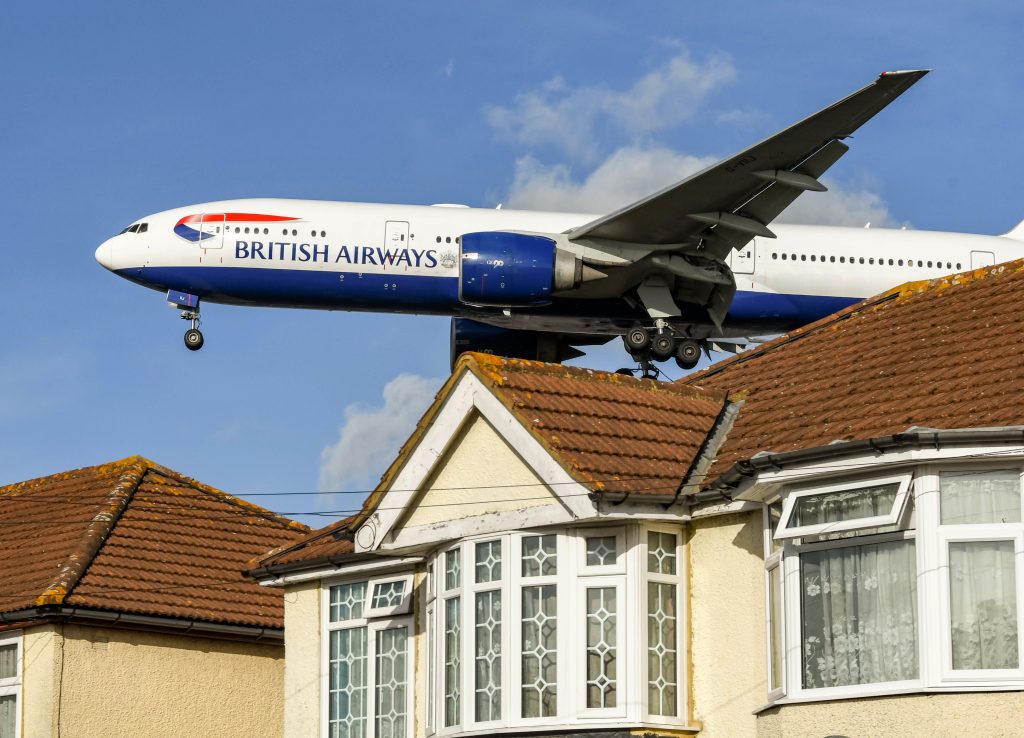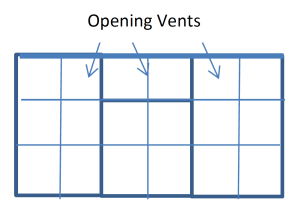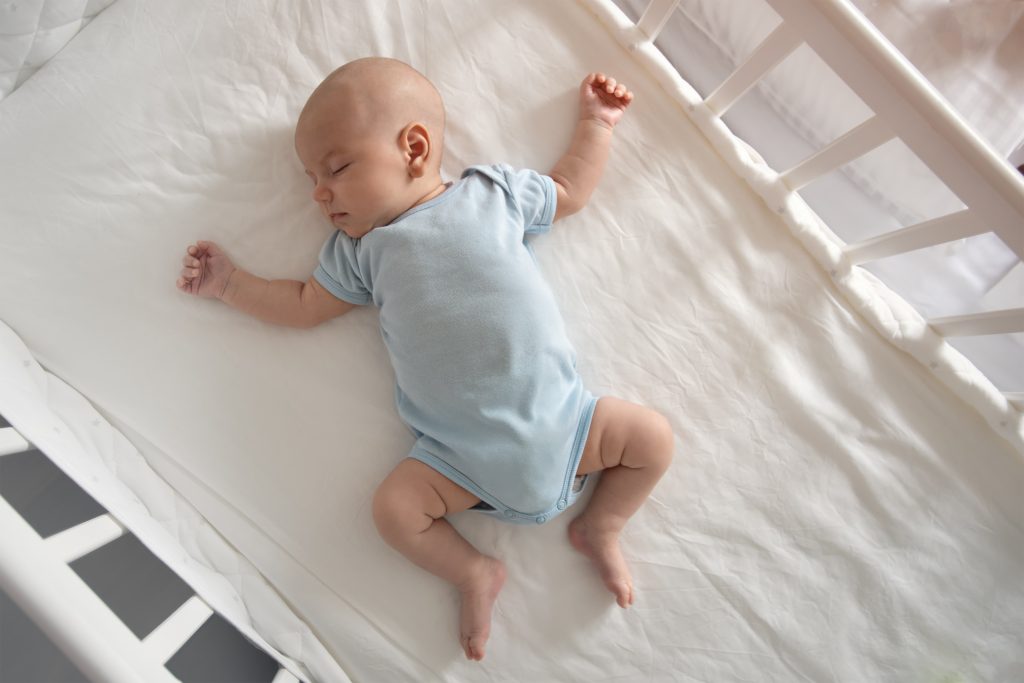Sound Reduction
Sound doesn’t have to be complicated…

How does sound travel?
Sound travels through the air like ripples on a pond surface when a stone is dropped into it. The sound radiates outwards in all directions from the source, gradually reducing in intensity or until an object stops its progress.
Sound (dB Decibels)
Sound is described in different ways but primarily in terms of intensity and frequency. The sound intensity is described in dB. A low dB indicates a soft sound, a high dB value indicates a loud sound. Frequency describes how high or low-pitched the sound is (Hz).
Sound Reduction
A sound’s volume set at 60dB decreased by…
-3dB is just perceptible
-5dB clearly noticeable
-10dB Half the original volume
Recommended Indoor Ambient Noise Levels
Dwellings:
Bedrooms 30-35dB
Living rooms 30-40dB
Offices:
Private 35-40dB
Open plan 45-50dB
Typical noise levels
50 metres overhead aircraft 140dB
Car alarm 120dB
Passing train 90dB
20 metres from a busy carriageway 78dB
20 metres from busy main road 68dB
Sound reduction test
A three-panel horizontal sliding secondary glazing unit (1960mm x 1190mm High) was sent to the Building Research Establishment in Watford for testing
How was the test carried out?
A cavity wall was built into the aperture between two rooms of the BRE transmission suite to the following specification
Block thickness 100mm
Block density 1800 kg/m2
Cavity spacing 75 – 80mm
Finished with plasterboard on dabs.
An aperture was left in the wall to house the window. A typical Georgian window from a Builders Merchant with three openers was fitted.

The secondary was installed behind the window on timber liners to provide a minimum pane spacing of 100mm. The condition of the primary window will have an effect on the overall system performance.

Keeping sound in - 70% of people admit to feeling harassed by noise
Loud music remains the main source of noise complaints in England, Scotland & Wales. Secondary glazing is an excellent solution for Hotels, Pubs & Clubs or factory’s close to housing to keep noise in.
New Glass Technology
Acoustic laminated glass (Silence) is the latest product to come onto the market. Two sheets of glass are bonded together with a 0.76mm thick layer of special acoustic polyvinyl butyral (PVB). Solaglas estimate a 20% improvement over standard glass. Taking this increase into account when installed into our secondary glazing a reduction of 44-45dBs should be easily achievable. Silence Glass is a safety glass so can be used in safety critical areas and meets the requirements of BS6206.
| Test Number | Primary Window | Secondary Window | Seal Polypropylene Weatherpile | RW | Sound reduction over test window in % |
|---|---|---|---|---|---|
| 1 | 4mm Glass | None | Standard pile | 26 | |
| 2 | 4mm Glass | 4mm Glass | Standard pile | 39 | 65% |
| 3 | 4mm Glass | 6mm Glass | Standard pile | 39 | 65% |
| 4 | 4mm Glass | Laminated | Standard pile | 40 | 70% |
